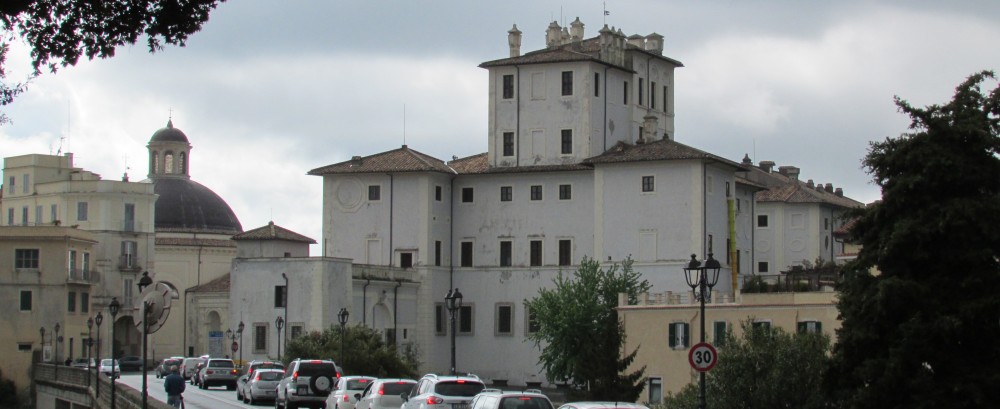As I’ve traveled throughout Europe this semester, one thing has continuously stood out: the food. While some meals were certainly better than others, not once have I felt like I ate a bad meal. In fact, several of my friends on the program have told me that I have the best track record when it comes to ordering! Although a lot of it comes down to luck, here are some tips I have for ordering the best food in Europe:
- Go for the region’s specialty. If Spain is internationally recognized for its paella, there’s a good chance that a restaurant in Valencia is going to have good paella.
- Ask the server what their favorite dish is. This might be hard to communicate through linguistic barriers; so maybe ask what they prefer between two or three dishes. By doing this, I ate the best pasta of my life in Florence (pictured below)!
- That American food is most likely not going to taste/look like it would in the United States. The fries could be undercooked, the burger could come out without a bun and look like a chicken fried steak, and the chicken wings are probably going to be dry. If someone orders American food, don’t expect it to taste like a dad’s cooking on the Fourth of July or Waffle House after a long night!
- Try new things. Eat the escargot. Eat the pasta with squid ink. There’s something so exciting about trying something that one wouldn’t normally eat and maybe liking it! If something sounds cool on the menu, order it.
- If something comes out wrong or if ordering is confusing, don’t show frustration to the wait-staff or anyone at the restaurant! People are much more likely to help the group if everyone stays calm, smiles, and is respectful.
- If someone’s starving, don’t get the ravioli. I know it sounds amazing. It WILL taste amazing. But, I promise, there will be a maximum of five raviolis and everyone will either need to stop for gelato on the way home (ugh!) or stay hungry. Pay attention to what dishes people get full from and remember it for when the time comes.
- Watch where the locals eat and what dishes they order. They’re the true experts.
Through food tourism, I am able to unconsciously learn about local cultures and customs. Each dish helps tell a story. In Italy, we eat a lot of pasta. It takes a long time, the ingredients are fresh, and the recipes are often simple and affordable. Most Italians value the slow food movement, which strives to preserve traditional and regional cuisine and the promotion of local small businesses. A lot of dishes are simple because when they were created, the ingredients were cheap and accessible to the masses. And leftovers won’t keep very long because they don’t use preservatives!
Everyone has their own preferences, but my best piece of advice is to try something new and outside of one’s comfort zone. No one from back home wants to hear about the time someone ate chicken fingers at a restaurant in Budapest, they want to know all about that delicious goulash soup!
Happy Eating!
Lindsey Olive | Senior in Global Studies

